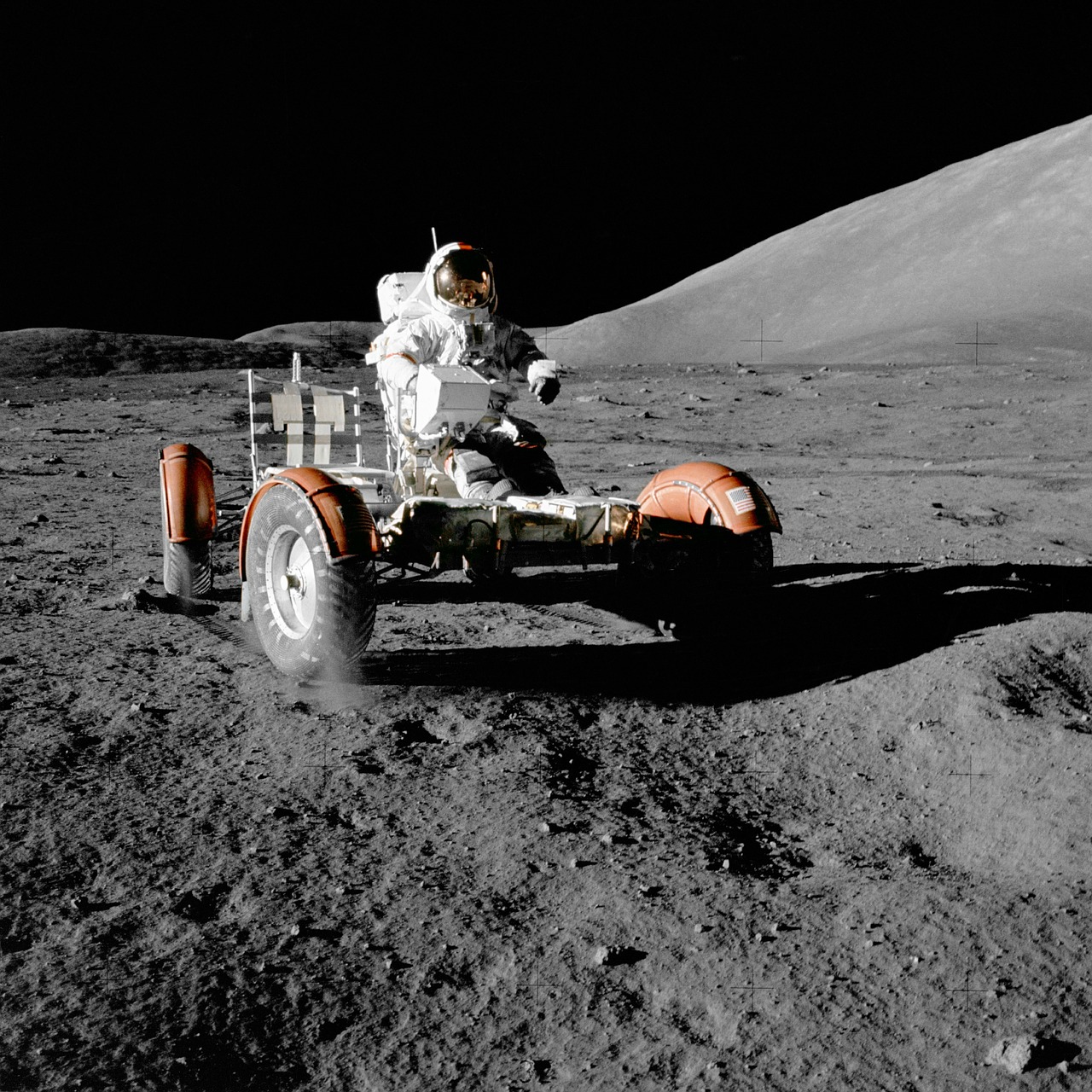There’s no question that NASA (the US National Aeronautics and Space Administration) is the leading authority when it comes to space exploration. But Australia will soon be part of this mission with the planned rover mission to the moon in 2026 using an Australian-made rover.

Australia to Build Rover for NASA
Some people might think that NASA could have done it on its own, but Australia has entered a deal with the American space authority to create a small rover that will be exploring the moon come 2026.
This rover was described as “small” but will have the ability to pick up various samples, including dust and lunar rock which it will deliver to the moon lander. While the rover will be designed and built by Australia, the moon lander will be from NASA.
“Australia, we’re going to the Moon. ???? We’ve reached an agreement with @NASA for an Australian-made rover to be part of a future mission, harnessing our skills and expertise in the resources sector,” the Australian Space Agency announced.
The Australian government is also proud of this feat.
“This is a key step towards establishing a sustainable human presence on the Moon, as well supporting future missions to Mars,” the Australian government announced in a statement.
A part of Australia’s Moon to Mars initiative, includes a contribution of 50 million Australian dollars ($37 million).
This isn’t just a “simple step” for Australia because it will pave the way to developing technology for human exploration of Mars.
This breakthrough will make use of “cutting-edge of robotics technology and systems for remote operations,” explained Australian Space Agency head Enrico Palermo.
This will also be one step closer to the so-called “Artemis Program,” a space exploration project that aims to send the first woman to the moon by 2024.
Who’s the First Person to Step on the Moon?
Neil Armstrong was the first person to step on the moon. The historic moment happened on July 20, 1969.





